10 historical photos that capture turning points of gay liberation in America
- Oops!Something went wrong.Please try again later.
- Oops!Something went wrong.Please try again later.
- Oops!Something went wrong.Please try again later.
Through the years, LGBTQ+ people have been in the background of history.
There have been many turning points on the road to liberation, including trans athletes in sports.
Many LGBTQ+ people are now becoming politicians to fight for their rights.
Queer people have long existed in the background of history. Still, LGBTQ+ activities have long been criminalized — often rooted in religion, science, or socio-political factors, leaving queer individuals largely estranged.
And while erasure is prevalent in marginalized communities, LGBTQ+ people in the US have experienced some important turning points in history.
These photos show landmark events in the fight for freedom of sexuality, identity, and love.
Despite their pivotal role in queer liberation, transgender people are often written out of LGBTQ+ history.
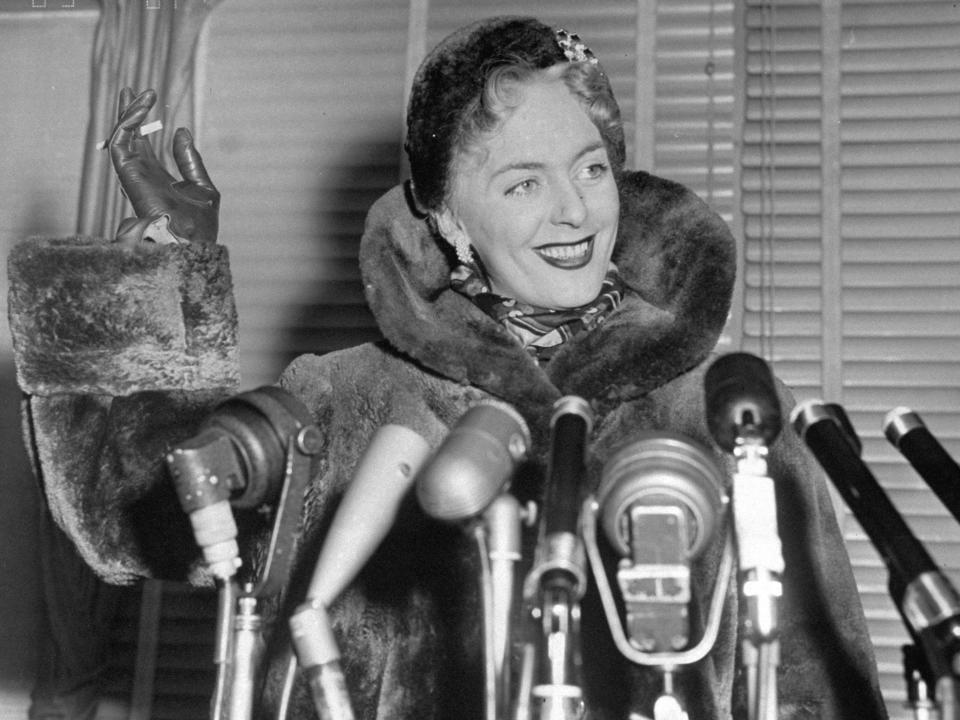
For example, in 1952, years before the Stonewall Riots, American actor and singer Christine Jorgensen was introduced to America as the first woman to have gender-affirming surgery. At a time when public cross-dressing and gender-nonconforming activities were illegal, her transition paved the way for transgender visibility.
While the inclusion of transgender people in sports has been a hot topic in recent years, the conversation dates back to 1976.
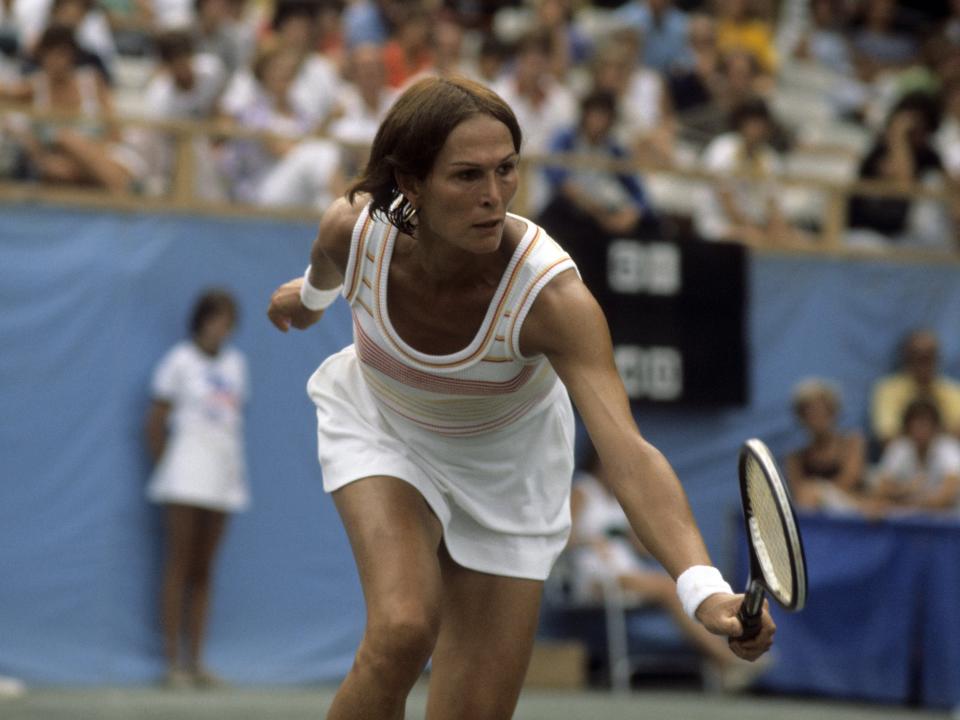
After the United States Tennis Association barred Renée Richards from competing in the US Open as a woman, she sued the USTA for gender discrimination. Richards won the lawsuit a year later and became one of the first trans woman athletes to play professionally.
Her feat changed the game for many transgender and queer athletes.
Despite progress, the rate of transgender homicide continues to soar decades later.
On November 20, 1999, the first Transgender Day of Remembrance vigils were held to honor Rita Hester, a 34-year-old Black trans woman who was murdered in Boston a year earlier.
Five years later, on June 25, 2004, a few hundred people set foot on the first Trans March during Pride weekend in San Francisco.
One of the most famed moments of LGBTQ+ liberation was the Stonewall Riots.
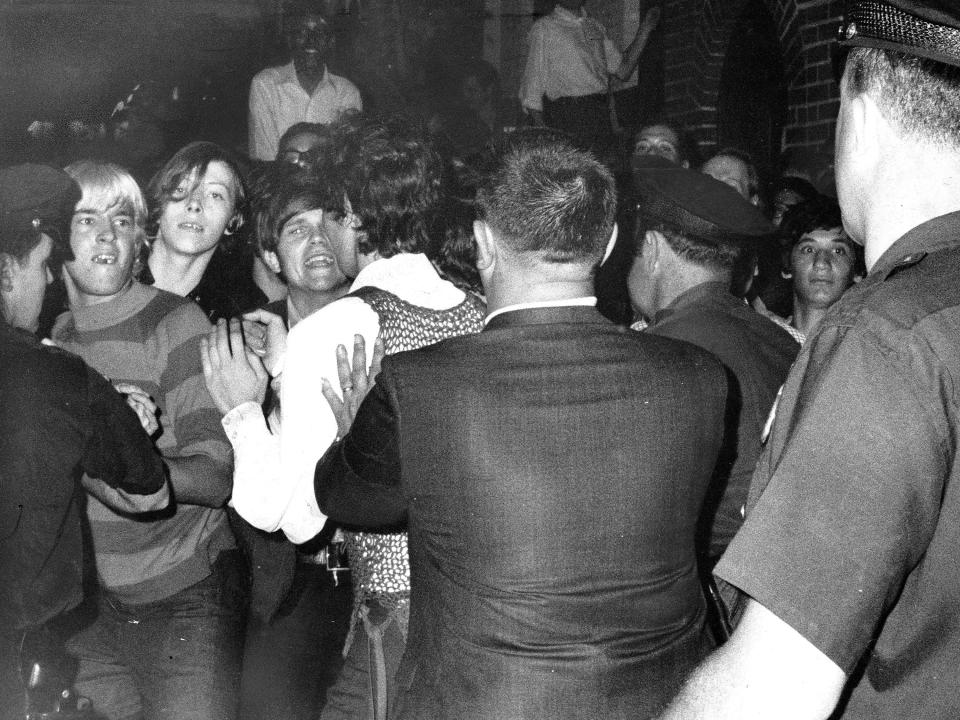
On June 28, 1969, police raided a gay club in New York City called the Stonewall Inn, which led to six days of protests from the community and violence from law enforcement.
Four transgender and gender non-conforming women of color led the uprising, built on a string of similar protests at private businesses that began a decade earlier: Cooper Do-nuts in 1959, Compton's Cafeteria in August 1966, and The Black Cat in 1967.
They're acknowledged as a catalyst for the Gay Liberation Movement, allowing many LGBTQ+ people to enjoy a new sense of sexual freedom in its wake.
The first Pride marches were held in the '70s.
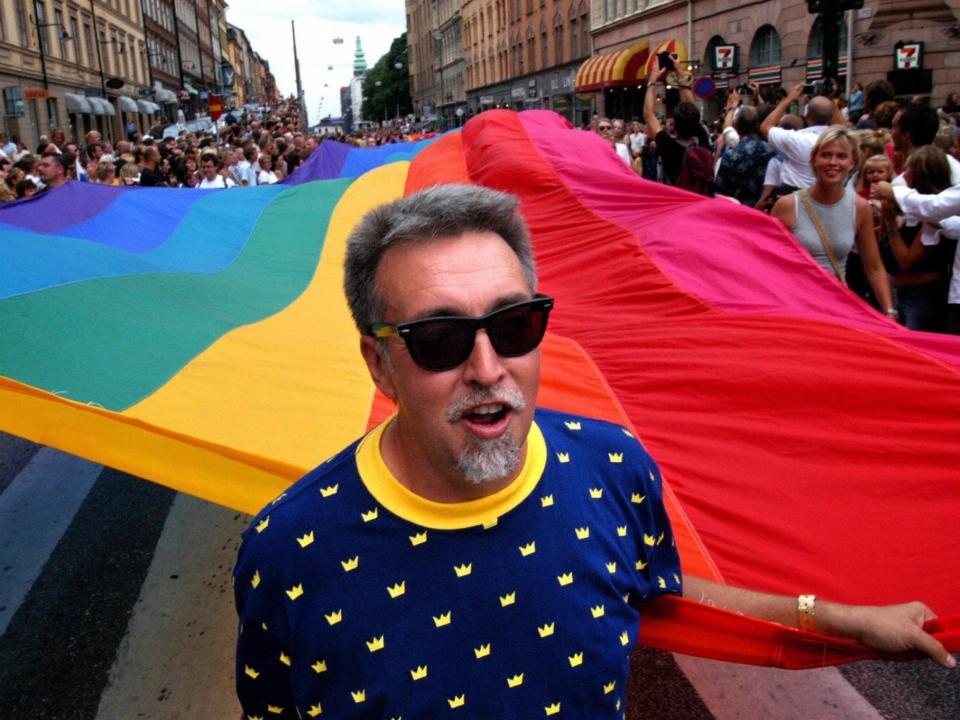
In June 1970, one year after the riots started, Chicago, Los Angeles, New York, and San Francisco held the first Pride parades, formerly known as Pride Marches.
In 1978, Gilbert Baker designed the first rainbow flags for the parade in San Francisco.
"A Rainbow Flag was a conscious choice, natural and necessary," Baker said in his memoir "Rainbow Warrior: My Life in Color," explaining that the rainbow symbolizes cultural diversity in the LGBTQ+ community. "Now the rioters who claimed their freedom at the Stonewall Bar in 1969 would have their own symbol of liberation."
The 'unspoken' epidemic began in the '80s, killing many LGBTQ+ people.
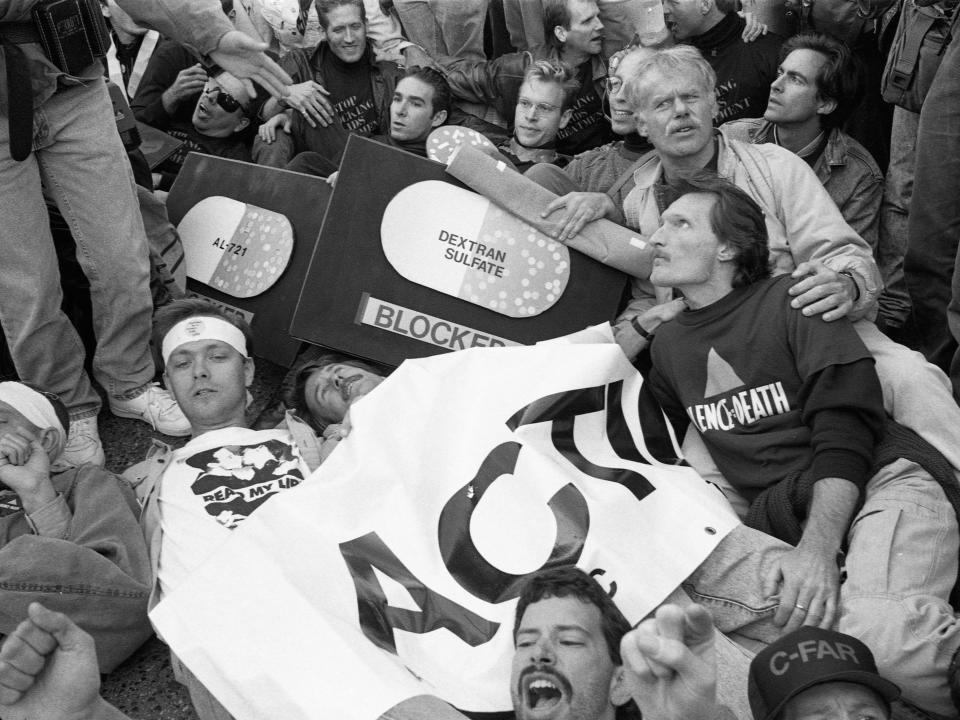
In June 1981, the Centers for Disease Control and Prevention published news of five cases of pneumonia among previously healthy young men in Los Angeles. They were described as "homosexuals."
The cases were later attributed to a virus known as HIV. It wasn't until September 17, 1985, four years after the first reported cases, that then-president Ronald Reagan publicly addressed the virus. By then, thousands of people were either living with or had died from HIV.
In a pre-PrEP world, stigma and discrimination led to a public health crisis that disproportionately impacted people of color in the community. It quickly became an epidemic, with tens of millions of reported cases and deaths from the virus.
The AIDS Memorial Quilt honored the lives that were lost.
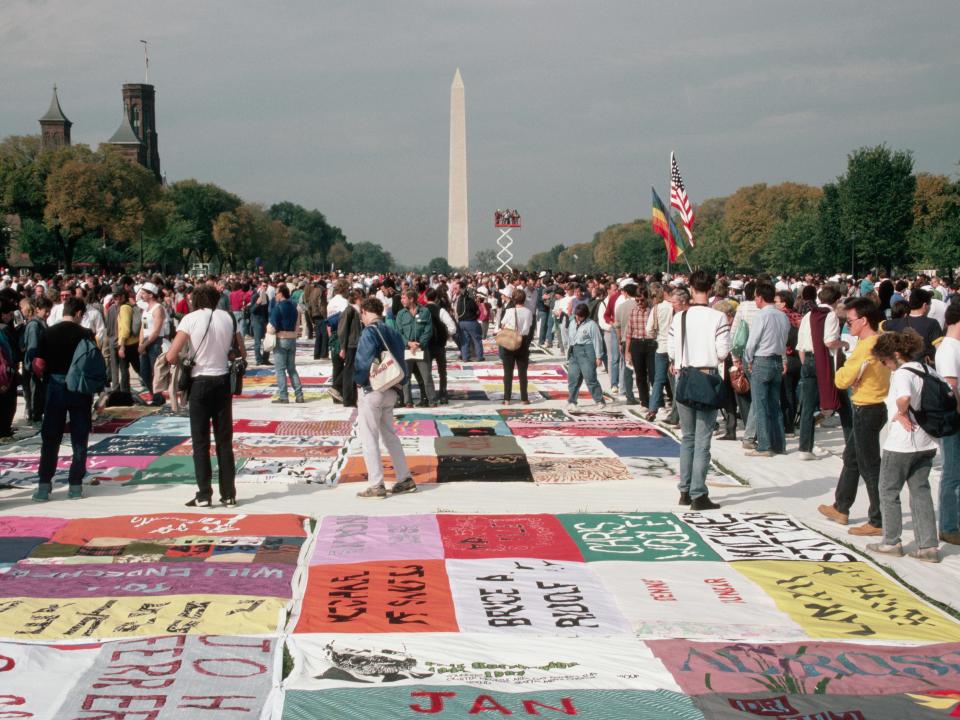
A community art project known as The NAMES Project AIDS Memorial Quilt honored the lives of people lost by AIDS. It debuted on October 11, 1987, during the National March on Washington for Lesbian and Gay Rights in Washington, DC.
LGBTQ+ people slowly started making their way into politics.
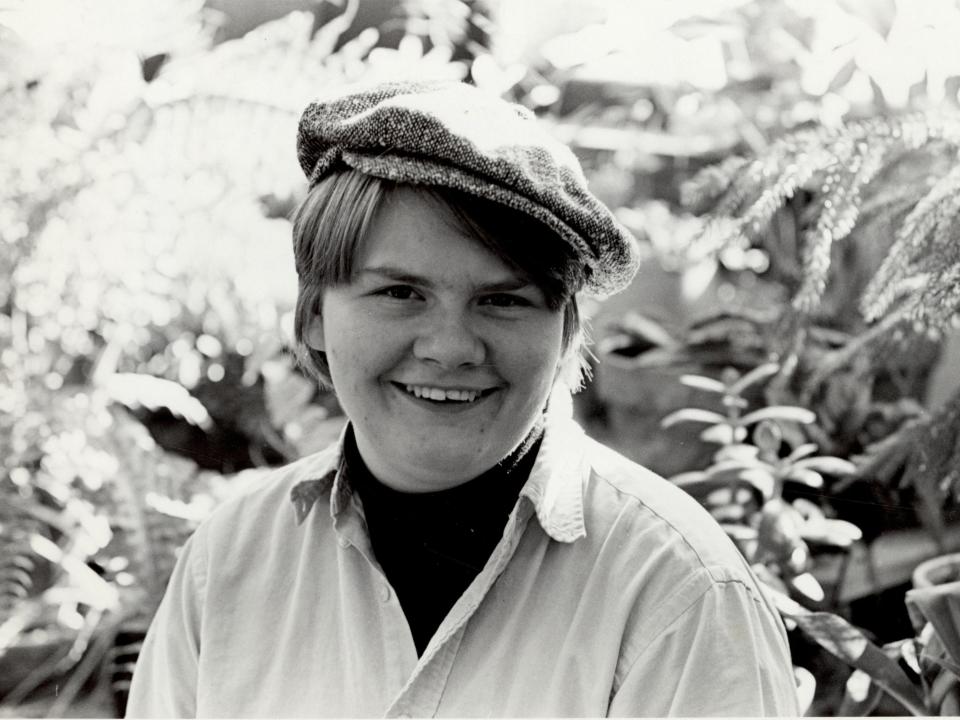
Two years ago, over 450 LGBTQ+ candidates ran for office. The 2022 midterm elections made history for having the most wins for openly queer candidates during an election period. But 50 years ago, one small victory was a huge step for the community.
On April 2, 1974, Kathy Kozachenko was elected to the Ann Arbor City Council in Michigan. She became the first openly LGBTQ+ person to run for political office in the US successfully.
Kozachenko's win is lesser known than Harvey Milk's.
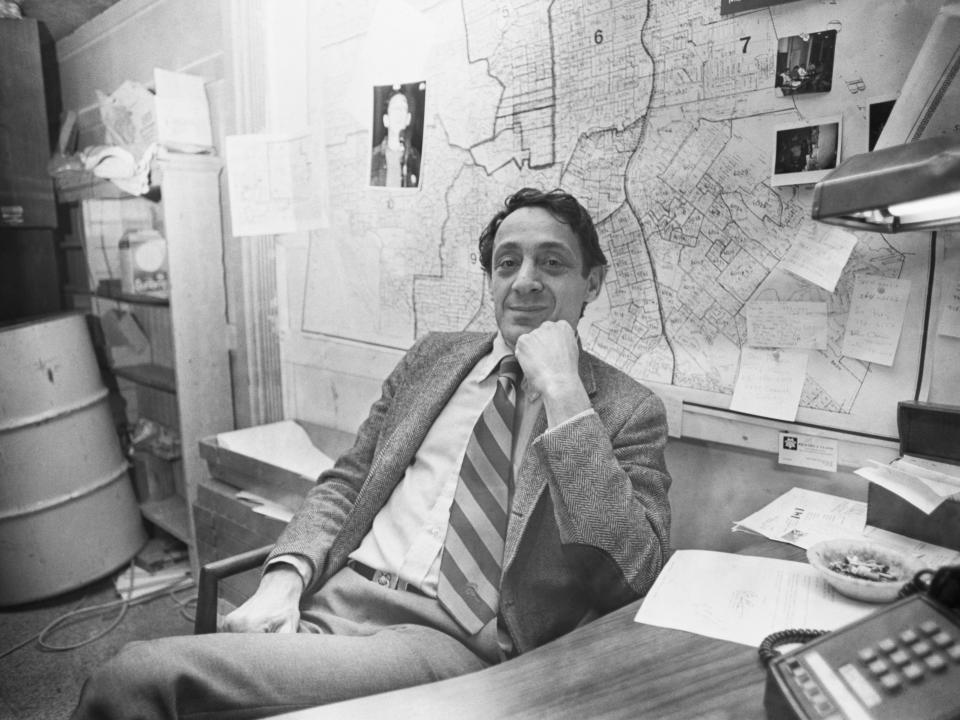
Milk was elected to the San Francisco Board of Supervisors on November 8, 1977, and, alongside San Francisco's then-Mayor George Moscone, was an early gay rights advocate.
A year into their term, former supervisor Dan White shot and killed Milk and Moscone. White was known for having political disagreements with the duo.
Fast forward to the 21st century, the LGBTQ+ community witnessed many wins.
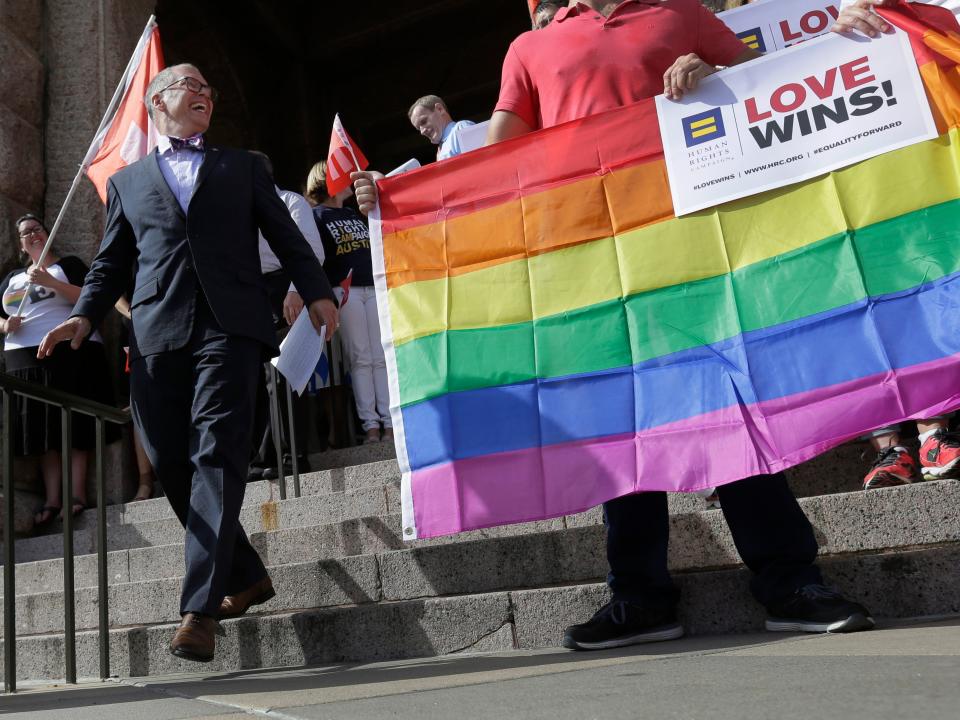
On June 26, 2003, same-sex sexual activity was legalized in Lawrence v. Texas. The Supreme Court of the United States held that criminalizing consensual, same-sex sexual conduct violates the due process clause of the 14th Amendment.
Then-President Barack Obama announced the repeal of former President Bill Clinton's "Don't Ask, Don't Tell" policy, ending years of secrecy and silence for queer members of the US military.
On June 26, 2015, exactly 12 years after Lawrence v. Texas, the United States Supreme Court ruled that same-sex marriages are recognized under the 14th Amendment in the Obergefell v. Hodges case.
While the US has witnessed much progress for the LGBTQ+ community in the past century, some states' support for LGBTQ+ rights has wavered.
More recently, on June 28, the Texas Supreme Court upheld its 2023 ruling that bans transgender minors from receiving gender-affirming medical care. Texas is only the largest of 25 states with laws restricting or banning gender-affirming care for transgender and nonbinary minors.
Momo Takahashi contributed to this piece.
Read the original article on Business Insider

